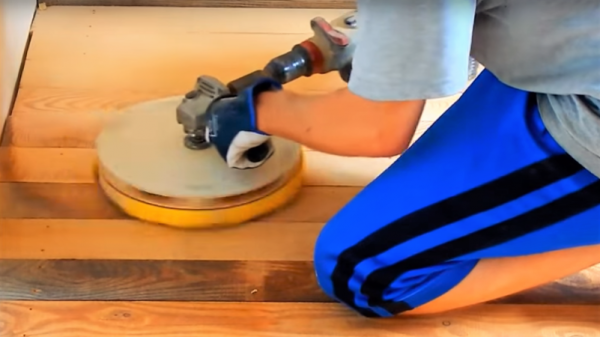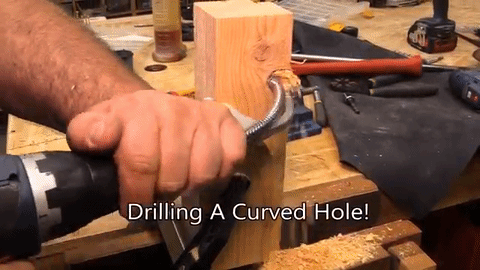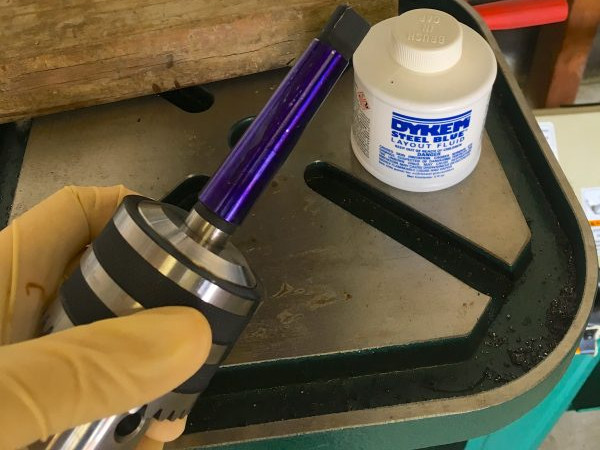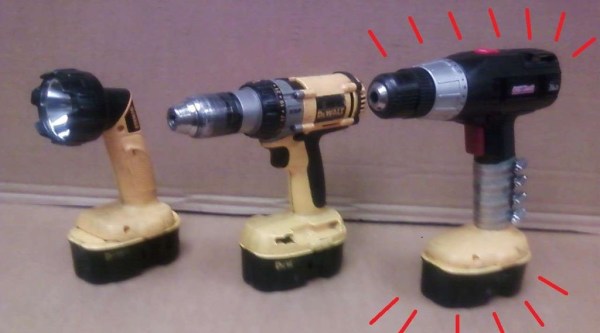Faced with the potentially arduous task of sanding a wood floor, what would you do? Hire a pro? Rent the proper tools and do it yourself? Perhaps even shell out big bucks to buy professional grade tools? Or would you root around in your junk pile and slap together a quick and dirty floor sander from an old angle grinder?
That’s what [Donn DIY] did when looking at the wide expanse of fresh floorboards in his new sauna. Never one to take the easy way out, and apparently with a thing for angled gear boxes, [Donn DIY] took the guts out of a burnt-out angle grinder for his impromptu floor sander. A drill attached to the old motor rotor provides the spin, and a couple of pieces of scrap wood make the platen. Sandpaper strips are clamped between the discs, and as seen in the video below, the whole contraption does an admirable job.
We’ve seen lots of angle grinder hacks before, some useful, some silly. This one gets the job done and is a nice quick hack that speaks to the value of a well-stocked junk pile.
Continue reading “It’s An Angle Grinder! No, It’s A Floor Sander!”





 Starting with a piece of steel, [izzy] traced and cut out a 90 degree curve with an attached arm that will allow it to rotate from a central block. He then grabs a random drill bit and attaches it to a flex shaft which is secured to the leading point of the steel curve. To complete the handy setup the entire rig is bolted to a block that will clamp over the corner stock.
Starting with a piece of steel, [izzy] traced and cut out a 90 degree curve with an attached arm that will allow it to rotate from a central block. He then grabs a random drill bit and attaches it to a flex shaft which is secured to the leading point of the steel curve. To complete the handy setup the entire rig is bolted to a block that will clamp over the corner stock.










